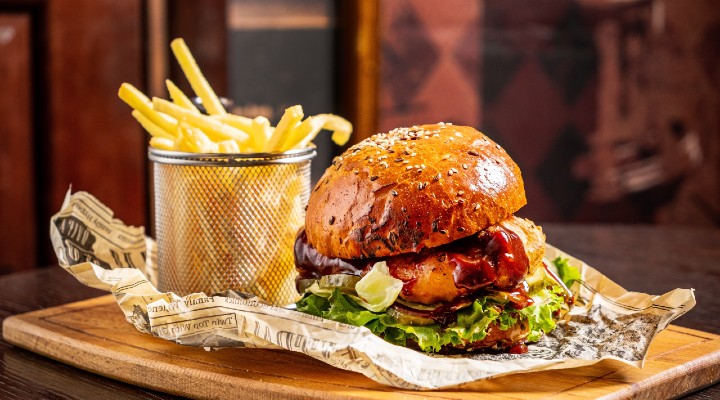Once upon a time, when people visited McDonald’s, they commonly ordered a burger, perhaps a drink… and nothing else. Over time, McDonald’s execs realised that by asking one simple question: ‘do you want fries with that?’, they could substantially increase their sales. Today, ordering a burger and fries is so natural that it feels almost wrong to order a plain old burger alone. While food outlets have been running with the ‘fries with that?’ strategy for years, retailers have been s
n slower to adopt something similar. Whether it’s an impulse purchase at checkout or an entirely new product category, retailers should be thinking hard about how to tempt customers to look at every single corner of the store, stay a little longer, and spend a little more.
Although foot traffic is gradually increasing in many retail centres, things haven’t completely bounced back to pre-pandemic levels. As a result, it’s critical for retailers to focus on delighting the customers they do have in order to get their average basket size up.
The power of impulse
Impulse is about having the right product in the right place at the right price point. People don’t necessarily say “I’m going to buy an impulse product today”, but as soon as they see it, they can immediately see how it could be useful.
Most impulse products are functional: whether it’s a pair of socks, a hair product, a nail file, or a gadget that makes a mundane task that little bit easier, customers should be able to envision themselves using it straight away.
It’s easier to drive impulse purchases in bricks-and-mortar stores because they’re the type of product that you see, touch, and want. They’re typically placed at the point of sale and are at price points that encourage an on-the-spot purchase.
Replicating that feeling online is more complicated, but certainly not impossible. Online, customers don’t have the pressure of standing in a queue at the point of sale waiting to be served. In order to replicate the impulse purchase online, consider offering the product to the customer as they go to checkout.
Use language like ‘did you forget?’, or ‘because you’re a valued customer…’. You could also remind the customer that if they purchase X, they can increase their total purchase to meet the free delivery minimum spend.
Use every corner wisely
This doesn’t mean filling the store in an overwhelming way, but finding those spaces that might be underutilised and overlooked. The wall behind the checkout desk, for instance, is the perfect place to hang some well-designed tote bags as a ‘purchase with purchase’ offer.
For a real-life example, Miller’s runs a promotion every quarter on a product that’s either functional or novel for $5, $10, or $12. This product is placed behind the point of sale on a wall that was previously a non-functional space, resulting in a multimillion-dollar return on investment.
Accessories are another great way to increase basket size as the products are small and can be merchandised within a small space to provide a great ROI. Impulse and accessories can drive incremental sales and encourage the customer to make multiple purchases while in the store.
Thinking outside the box
When it comes to product categories, it pays to think outside the box. If you’re a clothing store, why not offer similar styles for customers’ pets to wear? If you’ve noticed an increase in the sale of basic hairbands, why not add a few more unique hair products to your stores, such as scarves and oversized scrunchies?
Gifts are another huge growth area that all retailers should be attuned to. It’s not all about Christmas, either: ensure your product selection is well-timed around Mother’s Day, Father’s Day, Valentine’s Day, Easter, Lunar New Year… the list goes on. In-store activations can act as a reminder of the upcoming date, while simultaneously solving the issue of finding a unique gift.
The quest to grow customers’ basket sizes should never be about selling them things they don’t need. Instead, it should be about surprising, delighting, and helping your customers live their everyday lives – one product at a time.

